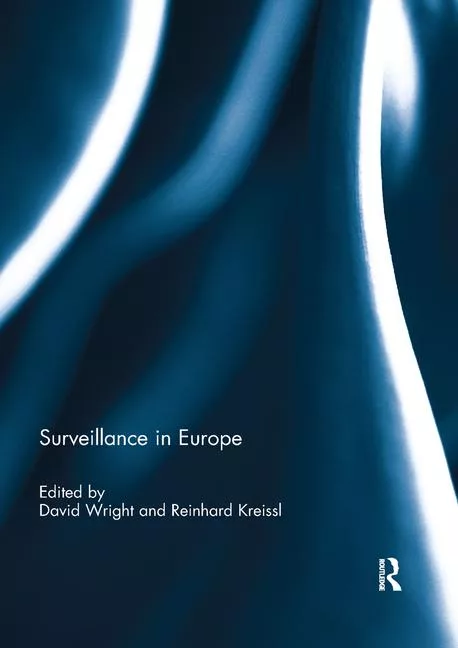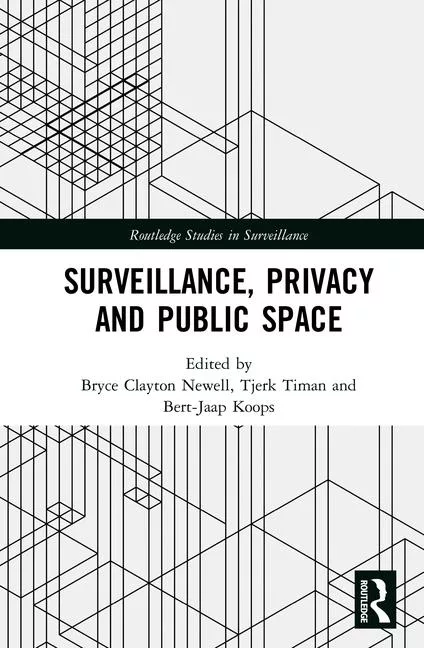Supporting Loss Prevention in Retail

In retail, brick-and-mortar stores experience loss or shrink due to shoplifting, fraud, employee theft and human error. To mitigate against this, many have dedicated loss prevention (LP) personnel who use a variety of tools, including in-store video surveillance systems and point of sale (POS) systems, to deter and investigate theft. But, despite the continued best efforts of LP teams, shrink is on the rise.
Today, retailers are looking to increase sales and compete with online stores like Amazon by offering a frictionless shopping experience. This means enabling customers to simply pick up merchandise and then pay without having to wait in checkout lines. Implementing these new shopping experiences has resulted in benefits for both retailers and consumers but presents challenges to LP teams as it can cause significant increases in shrink.
Improving the Customer Experience
Frictionless shopping provides a more seamless experience by removing barriers between consumers and the goods and services they need. A big part of frictionless shopping is self-checkout (SCO). Currently, there are two methods of SCO: (1) fixed and (2) scan-and-go.
Fixed SCO allows a consumer to scan and pay for their items at a dedicated terminal. It can cut down on lines and wait times, allowing customers to checkout and pay much faster. Fixed SCO is incredibly popular. Retailers have found that, after rolling it out, 50 percent of their transactions go through their SCO terminals.
Unfortunately, even though fixed SCO can improve the customer experience, it can also increase shrink. Research conducted at the University of Leicester in the UK found that retailers experienced a 30 percent increase in shrink with these systems.
The second type of SCO is scan-and-go, which allows consumers to check out using a variety of mobile devices, including their phones. With scan-and-go checkout, there is virtually no wait time as consumers simply checkout when they’ve finished shopping.
Thus far, the shrink increase is not as dramatic with scan-and-go SCO, but it is still significant. And, it should be recognized that, to date, scan-and-go SCO has not been adopted as widely as fixed SCO. As we see more of it in our brick-and-mortar stores, shrink numbers will continue to rise.
How Can Retailers Protect Against Shrink?
With the growing popularity of SCO, the question is: how are LP personnel going to get their shrink numbers down? Fortunately, the answer includes using the data they’re already collecting. But they have to overcome the challenges associated with a lack of integration to do it.
Even though LP personnel have access to POS and video surveillance data, many retailers have invested in single-purpose tools, which can make reducing shrink associated with SCO difficult. This is caused by the fact that reviewing transactions requires moving between various systems and spending valuable time trying to connect multiple sources of data, including POS and video surveillance.
The process involves first logging into a POS analytics system to identify potentially suspicious activity and then logging into the video surveillance system to find the associated video footage. This can significantly reduce the productivity of LP investigators as they spend their energy correlating data instead of investigating actual incidents of theft.
The Role of Unified Solutions
A solution that unifies POS data with video surveillance and exception-based analytics can help. A unified solution allows LP personnel to quickly and easily identify suspicious transactions and then determine if any further investigation is needed—all from within a single interface.
Using a unified solution, LP personnel can identify suspicious activity by filtering POS transactions based on a variety of criteria, including transaction type and revenue. For example, to identify possible incidents of employee theft, LP personnel can ask Transaction Finder to show them all transactions that involved refunds over $50. Based on the results, personnel can then quickly and easily pull up POS data and immediately view associated video footage.
The integration of video analytics, which uses motion capture to track customer movement in stores, can lead to even greater time savings when using a unified solution. For instance, in Transaction Finder, LP personnel can further narrow their search by creating a rule that directs the software to display only those transactions where no customer was present. Using these two search criteria, the system looks for those refund transactions of over $50 in which no motion was detected on the customer side. This additional rule greatly reducing the number of transactions that LP personnel have to look at to determine which ones require further investigation.
SCO and frictionless shopping are here to stay. So, LP personnel need a good investigative tool that will allow them to effectively target instances of theft in their stores. For retailers, this means investing in a solution like Transaction Finder that integrates POS data with video surveillance and exception-based analytics.
Looking for a reprint of this article?
From high-res PDFs to custom plaques, order your copy today!








